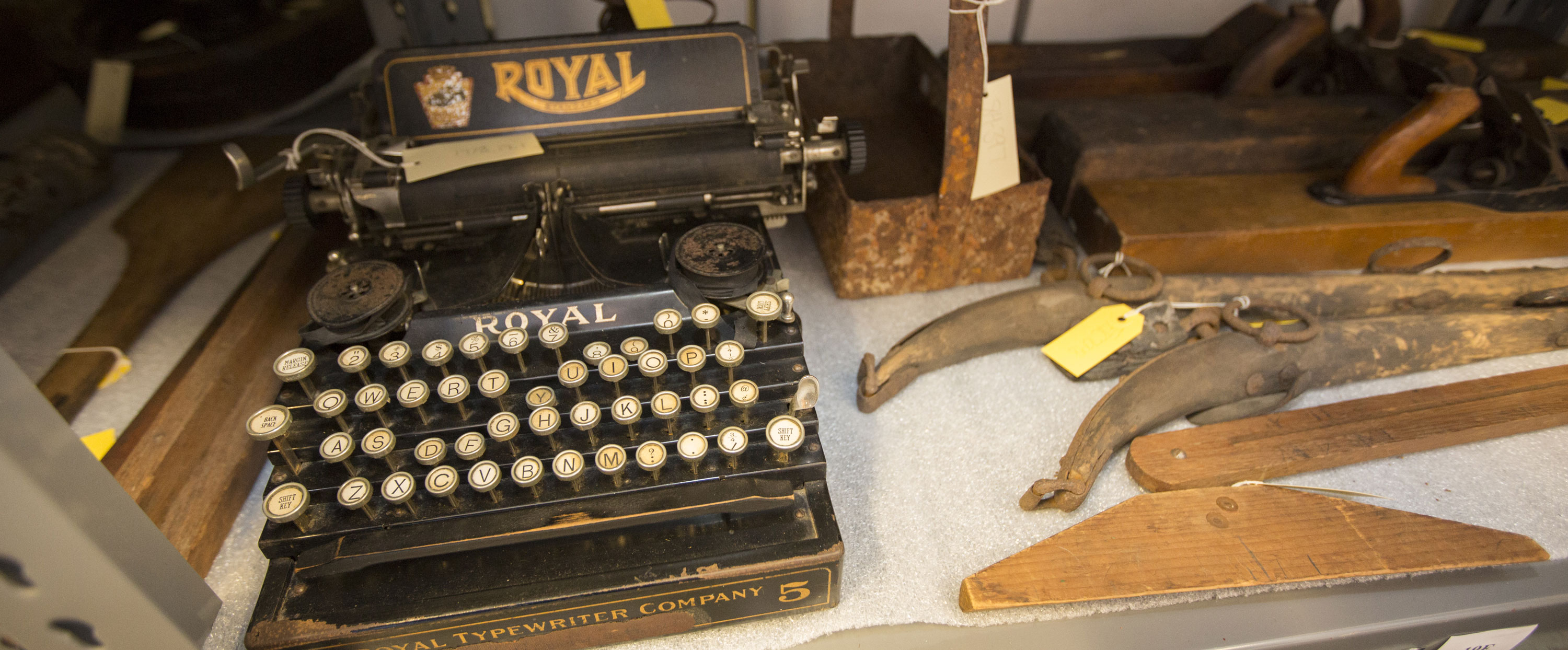This month’s featured artifact comes to us from Manila, the capital city of the Philippines. For thousands of years, the shells of the windowpane oyster have been processed there into an affordable and durable substitute for glass. The windowpane oyster, known by its scientific name of Placuna placenta, is a mollusk and is edible, although it is sought mostly for its shell for use in windows, jewelry, and artwork. Unlike the transparency of glass, capiz is translucent, allowing light in while also affording privacy.
Preparing the shells involved cleaning and treatment with acid to make the material more workable. After drying, the shells were often cut into smaller pieces, according to their intended use. Once they are processed, they are referred to as capiz shells, sharing a name with the Capiz province in which they were once abundant.
Windowpane oyster numbers have declined due to destructive fishing methods and overfishing. While the industry is now regulated, it remains to be seen if this will be enough to conserve the species into the future. A further threat to the capiz industry is the loss of traditional knowledge of how to process and work the shells.
Richard Herrman originally collected the shells that are now in the Dubuque County Historical Society’s collection. Herrmann was a 19th-century Dubuquer and cabinetmaker by trade, but his real passion was collecting. Herrmann collected many types of objects and created the Richard Herrmann Museum of Natural History in his home. His original labels are still visible on the capiz shells, with a note that reads, “kindness of Leo Fischer,” presumably a friend who brought the shells back knowing they might interest Herrmann.
By showing the shells at various stages of processing, these artifacts help us visualize the preparation needed for capiz shells, appreciate the history of this industry, and better understand one of the many ways in which humans interact with the ocean.

